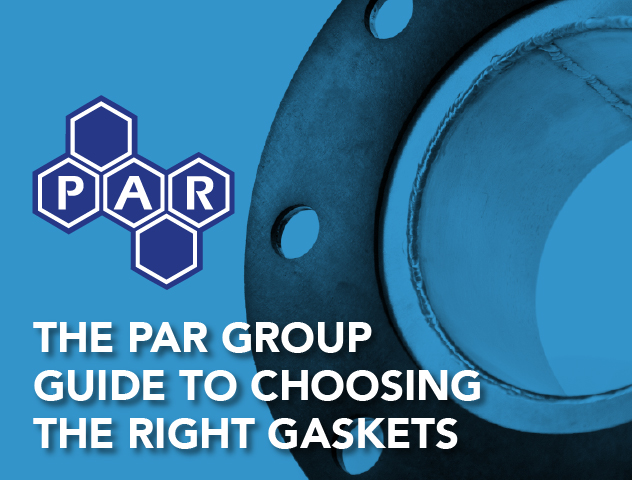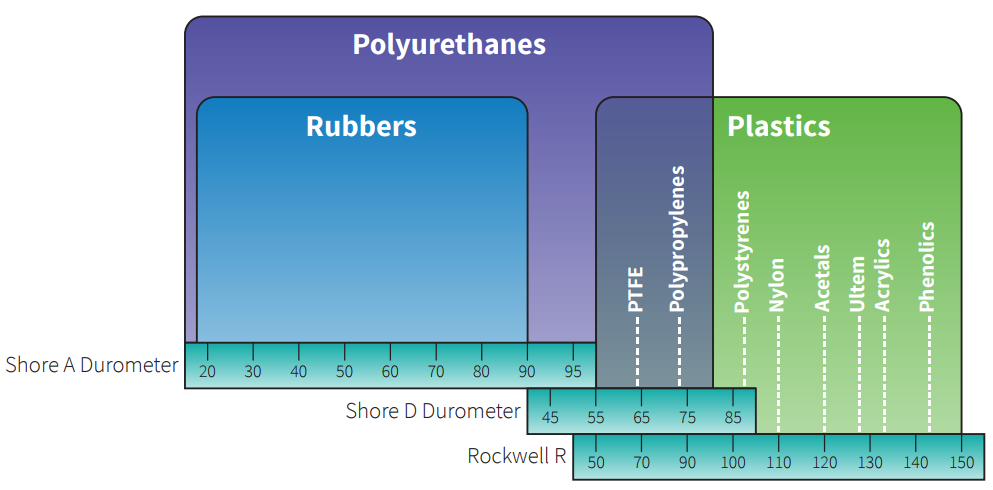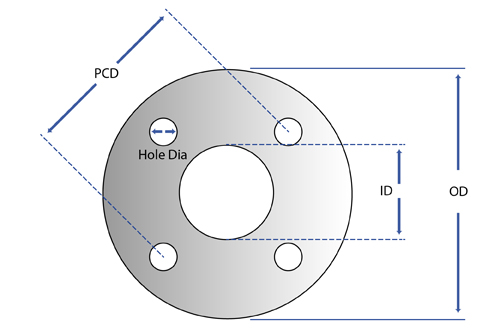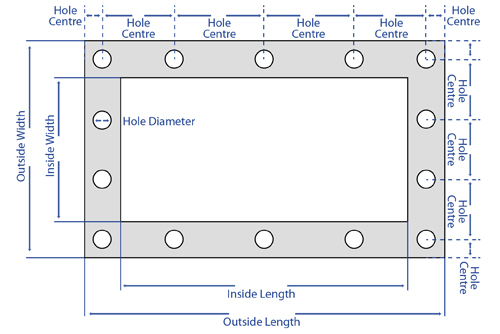
Have you ever installed your usual gasket choice and wondered why they fail so quickly?
Could an alternate gasket material improve performance while reducing overheads and downtime?
With so many gasket materials out there, choosing the right gasket can be a huge challenge.
PAR Group are one of the UK’s leading manufacturers of gaskets and we are experts in sealing and jointing solutions to industry. This has led us to create the Gasket Material Selection Guide.
Based on our extensive experience, we have compiled some important things to consider when purchasing your gaskets, these are;
Identifying Your Existing Gasket Material
The majority of orders we receive for gaskets specify the material required. If your current gasket is performing well, then there may be no need to look for an alternative type. If the material is underperforming, identifying the existing material will likely help you to select a better option.
If safe to do so, inspect the gasket. Look at the colour and any markings on the gasket face to provide clues to identify your current brand and / or grade of material. If a gasket inspection isn't possible or the existing gasket is badly distorted, you may find details of the gasket material on original equipment drawings or manuals.
Know Your Application
If we had to provide one single piece of advice in selecting a gasket material, it would be to understand your application and the environment the gasket is being used in. After all, you may be selecting a gasket that requires extremely precise properties to ensure maximum lifespan and the best performance possible.
Media Being Conveyed
Knowing what you are trying to seal is critical to the selection of a successful gasket material. From fresh water, to harsh chemicals, to abrasive product, the media being conveyed affects the type of gasket material required for your application.
Operating Temperature Requirements
Every sealing material has different operating temperatures. To put this into context, a material such as Neoprene rubber has an operating temperature range between -30°C to +70°C. This type of material would usually suffice for many medium temperature, general purpose applications but wouldn’t be a suitable choice for applications under extremely high temperatures.
For extreme temperature applications, a more suitable choice may be graphite-based gasket materials, of which some grades can achieve a temperature resistance of up to +500°C. Some of our Mica based gasket materials are even resistant to temperatures up to an impressive +900°C and are typically used in applications such as exhaust manifolds, turbines, turbochargers and burner ductings.
Pressure Rating Requirements
It’s very important to establish whether your gasket is required to perform under pressure. Pressure and temperature are closely linked when considering the gasket material. As the operating temperature of the application increases, the materials resistance to pressure will decrease.
Our website includes downloadable technical data sheets for many of our gasket materials which illustrate the correlation between temperature and pressure. If your application involves both high temperatures and pressure, we would advise that you check these data sheets prior to selecting your material or contact us for advice.
Chemical Resistance Properties
Understanding the level of chemicals present in your application plays an extremely important part in choosing the right gasket material. For example, Nitrile gaskets, although resistant to most petroleum based fluids, oils, solvents and greases, wouldn’t be suitable for handling oxidizing fluids such as Chlorine and would likely lead to premature failure. On the other hand, if you were looking for a gasket with high chemical resistance, then PTFE based gaskets may be a more suitable choice.
Each and every gasket material has its own properties when it comes to chemical resistance. Although a gasket may cover 95% percent of your requirements, avoid the risk of being let down by the remaining 5% that you aren’t taking into consideration. Our website provides chemical resistance charts which can be downloaded for many of our gasket materials.
We also manufacture Flange Safety Shields which provide extra safety protection in helping to contain chemical leaks and spray-outs. They are manufactured from a chemical resistant fabric and are designed to contain leaks from flange gaskets creating safety working conditions. Litmus paper can also be incorporated.
How Compressible Does the Gasket Need to be?
In some applications, the media being conveyed is of very low viscosity or has the requirement to be air tight. Due to high compressibility, sponge or foam materials are often preferred for general purpose, low temperature sealing applications. Many of our sponge materials are “closed cell” meaning they have no connecting cavities. This makes them ideal for applications where water exclusion and sound and gas retention are important.
The hardness of rubber compounds is measured using a durometer and by the unit ‘Shore A’.
- The higher the durometer reading, the harder the compound.
- The lower the durometer reading, the more compressible the material will be.
We stock a range of rubber in various shore hardness. Our softest being Abrasion Resistant – Red at 40°A. Most rubbers are manufactured to a shore hardness of 65°A but can range between 20°A through to 90°A.
The image below provides an overview of typical shore hardness ranges of various materials.

Examples of how firm a rubber is across the shore A scale are:
| Shore |
|
| 20°A |
Rubber Band |
| 40°A |
Pencil Eraser |
| 70°A |
Tyre Tread |
| 80°A |
Shoe Heel |
Compressed fibre materials are much harder than rubber and are often used in higher specification applications. If a higher specification material is required, along with compressibility, then PTFE based sealing materials can offer a suitable solution.
How To Measure A Gasket
Two common types of Gasket are the Flange Gasket and the Picture Frame Gasket. The diagrams below are a visual representation of how to measure a standard gasket correctly.
For flange gaskets:

The PCD (Pitch Circle Diameter) is the measurement between the centres of opposite holes. This can be measured from the inside of one hole to the outside of the other, providing the hole diameters are equal.
The IBC (Inner Bolt Circle) gasket is as the drawing above, but only has an OD and ID (with no holes) and often sits inside the holes.
For picture frame gaskets:

Still Unsure? Speak to PAR Group.
With so many factors to consider in a gasket or gasket material, if you are still unsure which gasket would be suitable for your application, we would advise that you contact us to discuss your application.
Final Notes
If you would like to learn more about Gasket and Gasket Material technical data, you can view our Gaskets page and also our Flanged Gasket Tables.
* All information contained within this page is provided as a guide only.
** Technical data contained within this page are based on independent tests of raw materials used for manufacture.
If you found this article useful, why not share it on LinkedIn by clicking the button below;